Definitely the answer is YES!
White Marble mostly from areas of Italy, Greece, Turkey, and India, where has a rich and legendary past spanning hundreds of years. Its beginnings and historical use in architecture and art have solidified its position as a symbol of durability, luxury, and beauty.
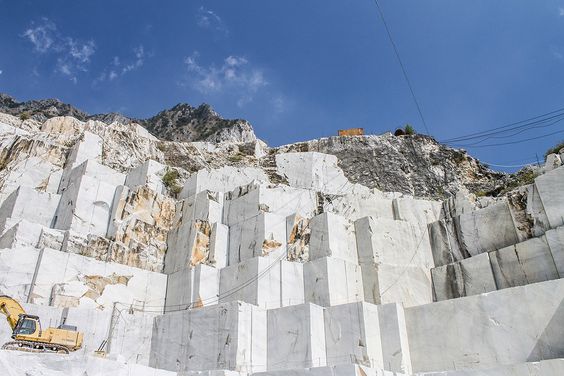
Geological Origins
White marble forms from limestone subjected to extreme heat and pressure within the Earth's crust. This transformation, known as metamorphism, causes the calcite crystals in the limestone to recrystallize, resulting in the dense, fine-grained, and uniformly colored stone we recognize as marble. Pure white marble, in particular, forms in environments with minimal impurities, creating the pristine white color that is most highly prized.
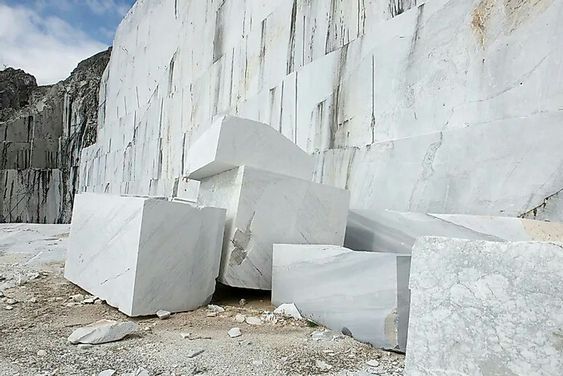
Historical Significance in Ancient Greece and Rome
White marble has been widely used since antiquity, notably by the ancient Greeks and Romans, who saw it as an ideal material for sculpting and building. In Greece, it was quarried on the island of Paros and Mount Pentelicus, which produced the famed Pentelic marble used for the Parthenon and other structures on the Acropolis. Ancient Greek sculptors like Phidias and Praxiteles worked with this marble to create lifelike statues, establishing its association with artistic and architectural excellence.
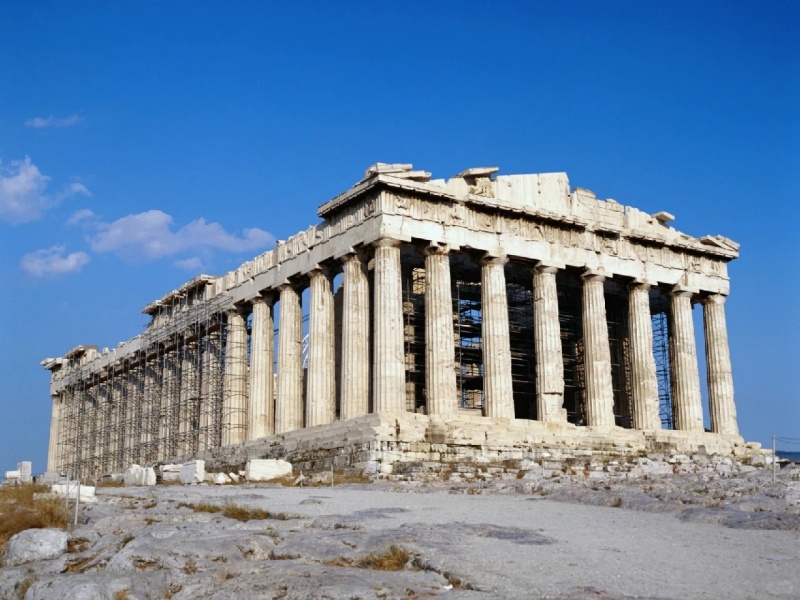
In ancient Rome, marble symbolized power, refinement, and civilization. Carrara marble, one of the most famous white marbles, was extensively quarried in Italy’s Apuan Alps and used in major projects like the Pantheon and Trajan's Column. Roman emperors and wealthy citizens decorated their villas and monuments with white marble to reflect their status and appreciation for Greek-inspired beauty.
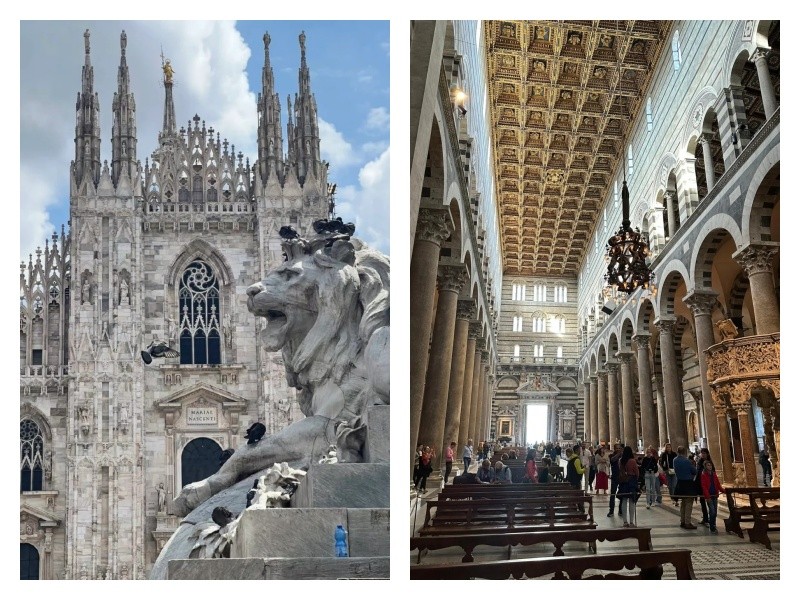
Medieval and Renaissance Europe
During the Renaissance, white marble experienced a revival in Italy, with artists like Michelangelo famously selecting Carrara marble for his masterpieces, including the Statue of David and the Pietà. Michelangelo's preference for Carrara set a high standard, as he valued its texture and ability to hold intricate details, helping cement white marble’s association with fine art and craftsmanship.
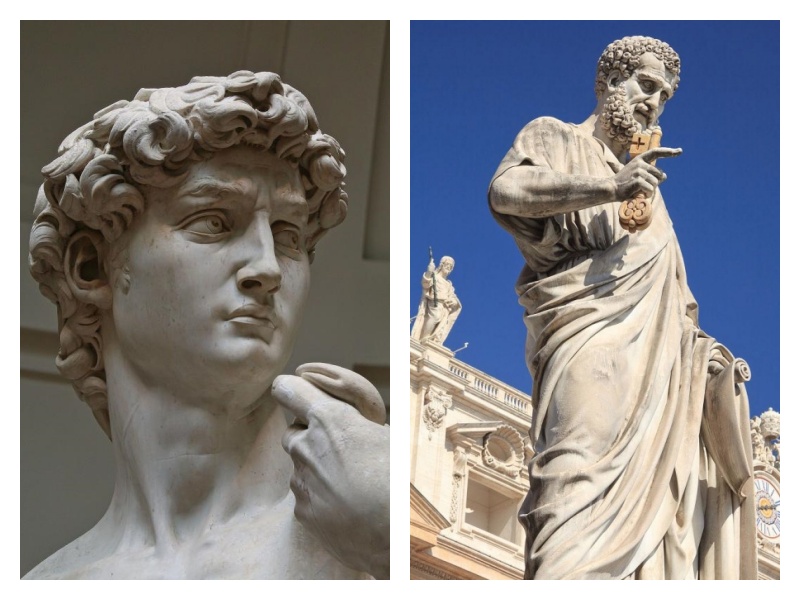
This period also saw the use of white marble in church interiors and tombs throughout Europe, particularly in Italy. White marble became synonymous with religious purity and divine beauty, contributing to its continued use in churches and cathedrals.
Modern Use and Popularity
In the 19th and 20th centuries, white marble continued to be a favored material for neoclassical architecture, public monuments, and private residences. With advancements in quarrying technology, white marble became more accessible worldwide, leading to its popularity in North American and European interior design. Varieties like Carrara, Calacatta, and Statuario were introduced to markets beyond Italy, solidifying their places as premium materials for everything from flooring to white marble countertops.
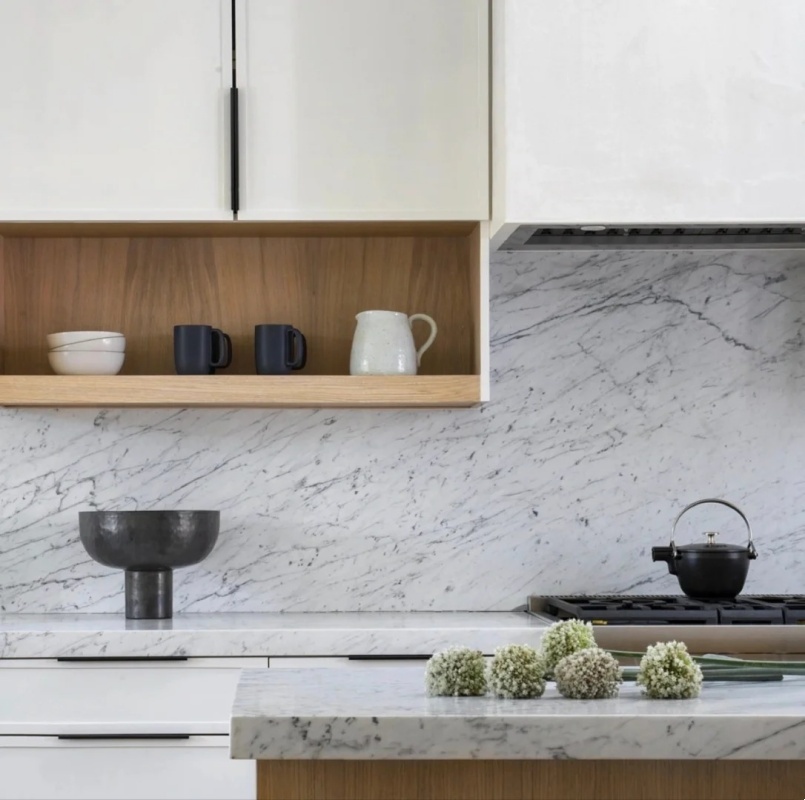
Today, white marble remains a timeless choice due to its beauty and historical associations with luxury and craftsmanship. It is prized in both modern and traditional settings, from minimalist interiors to lavish public buildings. As the demand for durable and aesthetically pleasing materials continues, white marble’s legacy endures, bridging the ancient and the contemporary.
What's the most favorite white marble in the market now?
The most favored white marbles in the market today are Carrara, Calacatta, and Statuario marble, each originating from Italy and admired for their distinct characteristics and elegant veining. Here’s a breakdown of why each of these types is popular and what makes them unique:
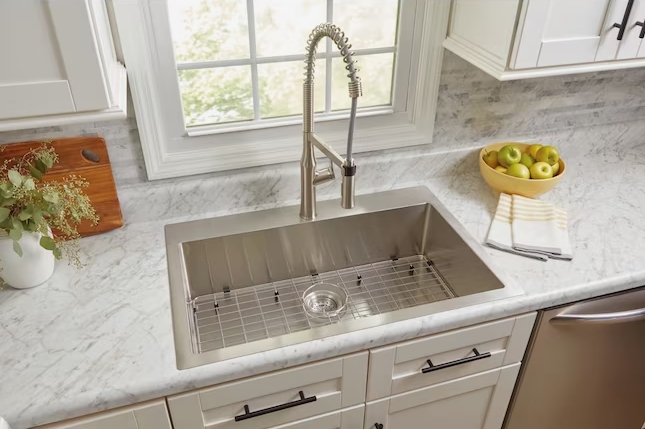
Its soft, consistent veining and more affordable price point make it a practical choice without sacrificing the beauty of natural marble.
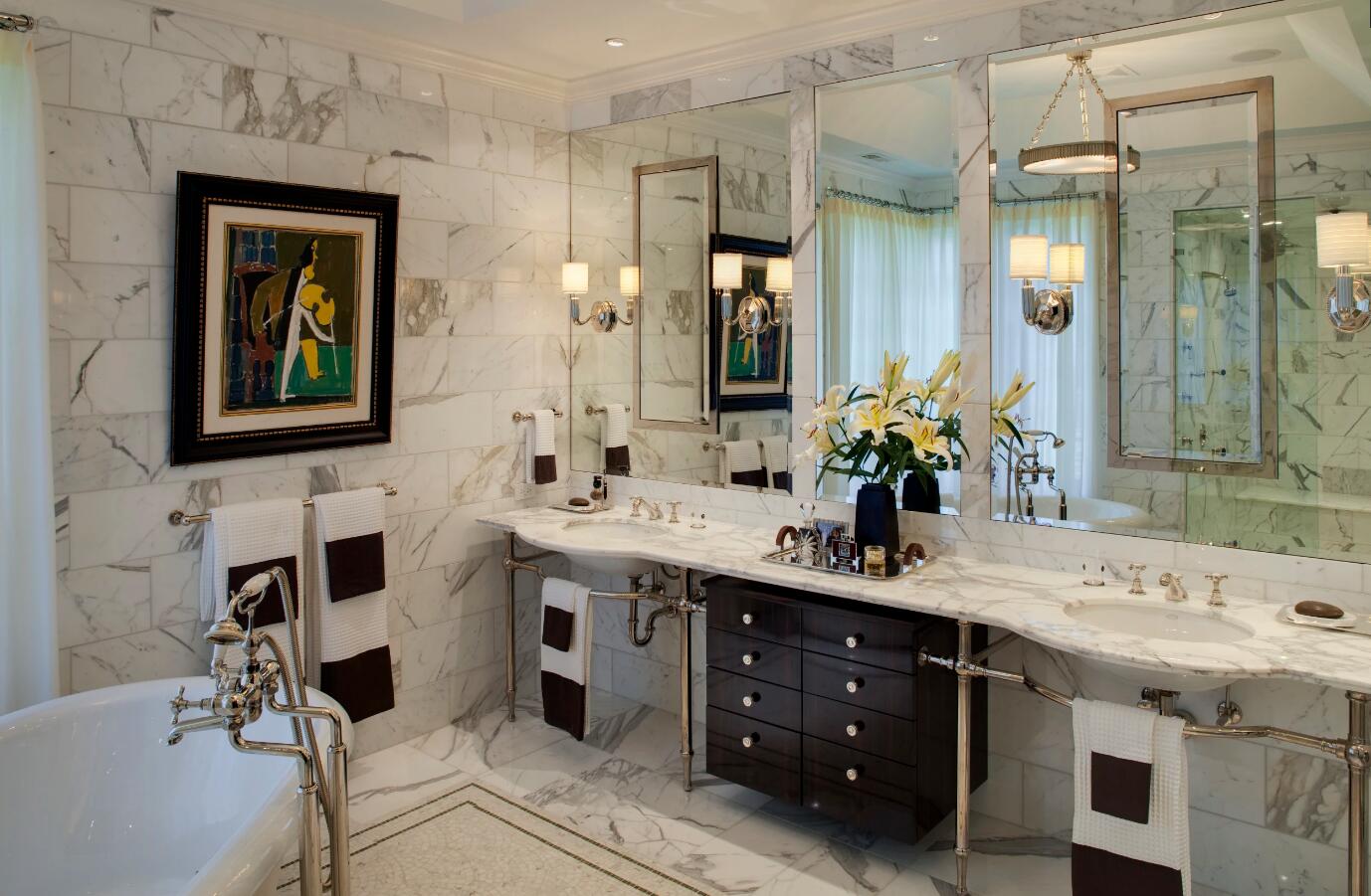
Calacatta’s luxurious look and rarity make it a sought-after material for those looking to add an elegant, artistic touch to their space. Its bold veining stands out, creating a beautiful focal point.
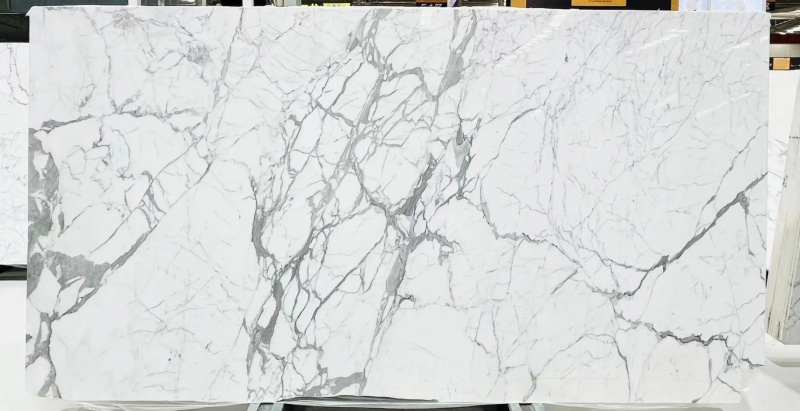
Statuario’s crisp white background and unique, contrasting veining make it both classic and bold. It’s often used in art pieces or as focal points, adding elegance and refinement to any room.
These white marbles are popular for their unique qualities, ability to enhance almost any space, and enduring appeal that aligns with both traditional and contemporary styles. Their Italian heritage and craftsmanship only add to their desirability, making them favorites in the marble market worldwide.
1. Classic Elegance and Aesthetic Appeal: White marble background in clean, bright appearance naturally draws the eye and evokes a sense of purity and refinement. The soft, natural veining adds subtle depth and character to its otherwise uniform color, creating a harmonious balance between simplicity and sophistication. This aesthetic makes white marble tile ideal for both classical and modern design styles, allowing it to adapt to changing trends.
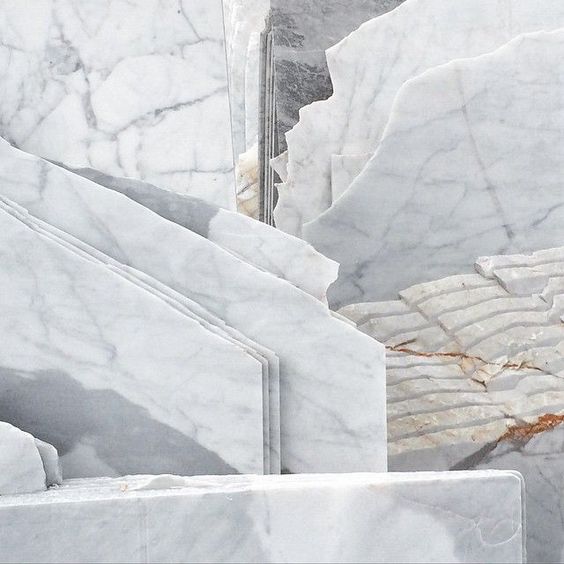
2. Historical and Cultural Significance: Throughout history, white marble has been associated with grandeur and reverence. Ancient civilizations like the Greeks and Romans used it for statues, monuments, and buildings, seeing it as a symbol of perfection and durability. Iconic structures like the Parthenon and Michelangelo’s sculptures showcase the beauty and versatility of white marble, embedding it into the cultural imagination as a material of artistic and architectural excellence.
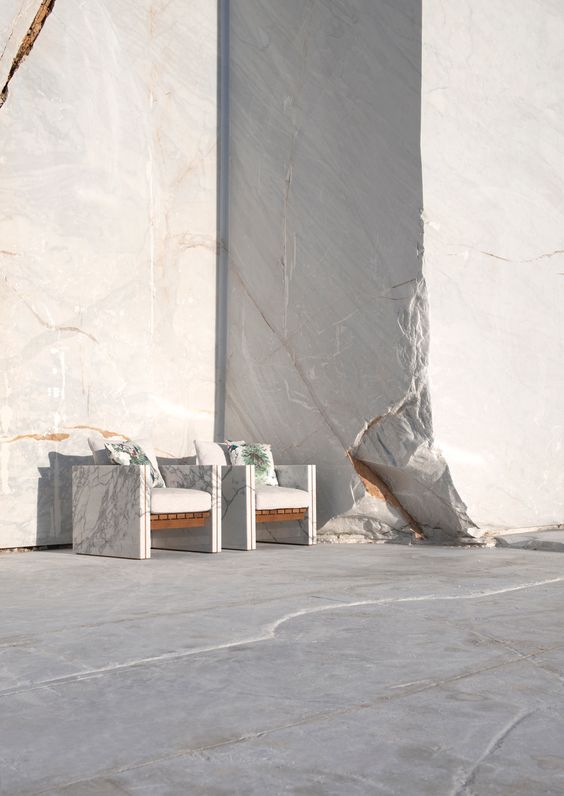
3. Natural Durability and Patina: White marble is highly durable and has a lasting quality that stands the test of time. Over decades, it develops a unique patina that only enhances its character and beauty, giving it a sense of history. This resilience and graceful aging are especially appealing for heritage structures, where materials are expected to last generations.
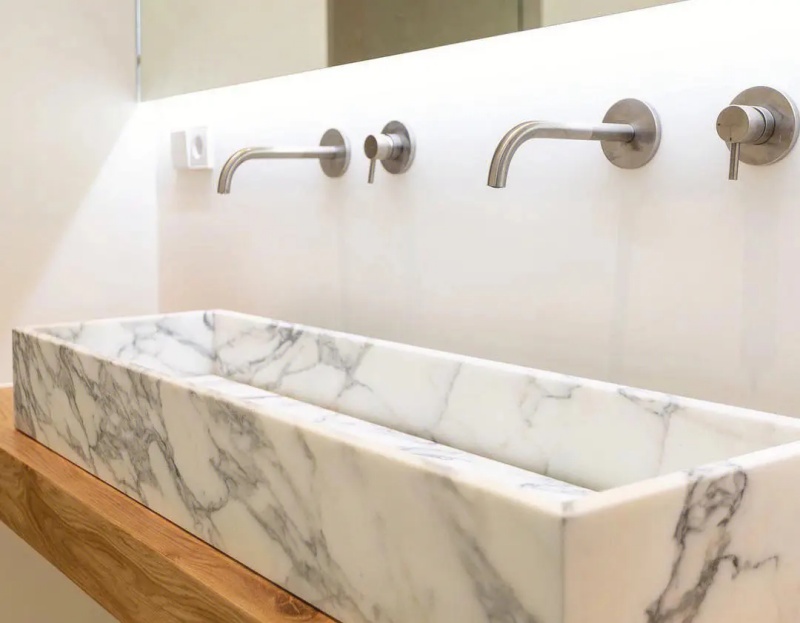
4. Symbolism of Purity and Luxury: The color white is often associated with purity, peace, and clarity, attributes that many people find appealing in their personal and professional spaces. White marble embodies these qualities, and its association with luxury also appeals to those seeking an element of status and elegance in their interiors.

5. Adaptability in Different Settings: White marble is surprisingly versatile, adapting well to various design styles, from traditional to minimalist to industrial. Its neutral tone and natural beauty make it easy to incorporate into a wide range of spaces, whether as a countertop, flooring, or wall cladding. It pairs well with both bold and muted colors, making it a reliable choice for timeless design.

6. Resale Value and Lasting Appeal: Homes and buildings that feature white marble often enjoy higher resale values, as buyers see it as a premium material. Its timeless appeal also means that it rarely goes out of style, ensuring that interiors look classic and fresh over the years.
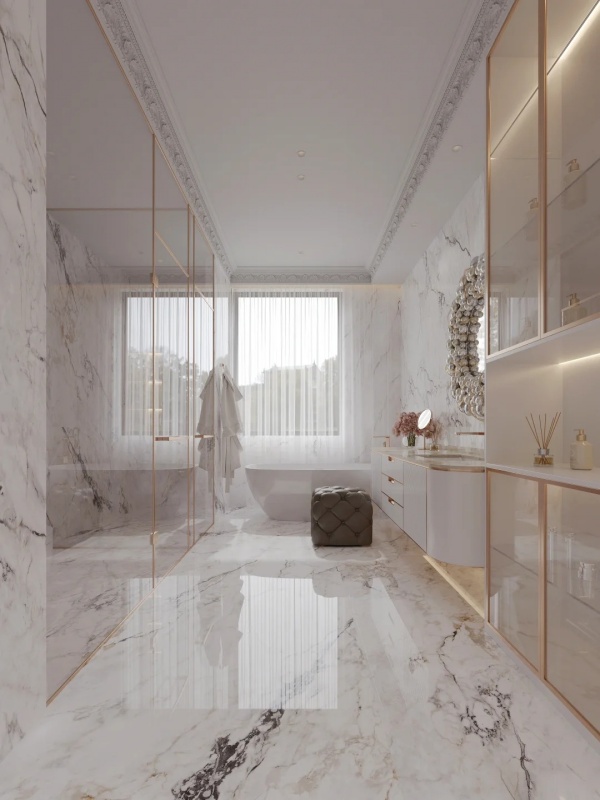
Our hours
Mon - Friday : 9 AM - 6 PM
Sat - Sun : Online Service
(all hours are Beijing Time)